Watching nature documentaries, Irish Country Living has often wondered just how wildlife camera people get that perfect action shot. There must be some carefully guarded secret. Surely they don’t just wait for the lion to pounce, the snake to attack or the dolphin to jump.
Well, we can confirm that in fact they do wait! One of Ireland’s leading wildlife cameramen Colin Stafford-Johnson, who has worked for RTÉ and the BBC, says that to film a 48-minute tiger documentary, he would have been given a whopping 200 days in the field.
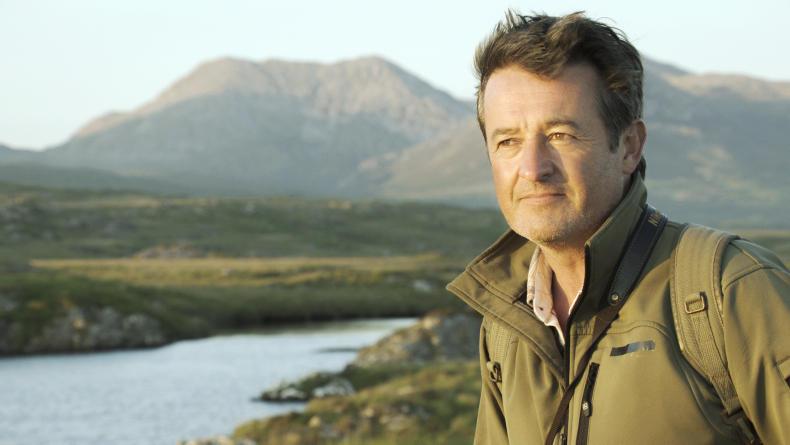
“That’s literally dawn until dusk,” remarks Colin. “Getting up when it’s dark, being ready to film for first light and staying at it all day until the sun goes down and the light has disappeared. I would do that for no more than seven or eight weeks at a time. Then you would be burnt out, you’d take a break and hit it again then.
“That’s just me sitting out trying to get the shots as well. Then after that there’s the editing process. Now these days you don’t tend to get as much time, but still there’s a huge amount of waiting around for sure.”
Finding yourself in film
Now an Emmy award-winning cinematographer, as well as a presenter, Colin grew up near the Dublin-Wicklow border and has always had an interest in natural history. The first book he can remember reading is An Observer’s Book of Birds. His father was Ireland’s first TV gardener, Barney Johnson.
After doing his Leaving Cert, Colin’s only desire was to travel the world and see all the creatures he had read about.
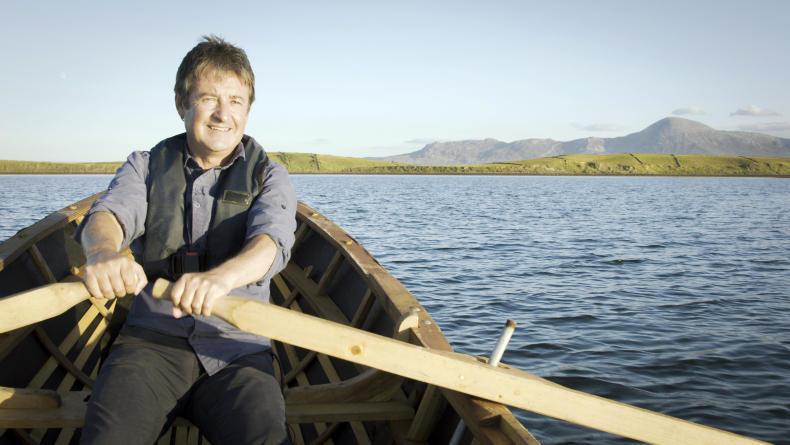
“I just wanted to travel. Early retirement, that’s what I was going for,” he laughs. “As soon as I did my Leaving, I just wanted to get away from all that routine. I needed a few years out. I travelled around Africa, South America, New Guinea, through Asia and all that sort of thing, seeing wildlife all the way. That was my focus and getting all sorts of jobs to keep me going.”
During this time, an interest in working in wildlife filmmaking developed in Colin.
“I knew I wanted a career in that industry somehow,” he explains. “It’s tough trying to make a living and I wanted to be able to make a reasonable living as well. At the time some of those early David Attenborough programmes were out. I thought they were amazing and it just dawned on me, this is what I wanted to do.”
Wildlife cinematography is a very niche sector, but luckily Colin found a very niche degree. Upon returning home, he came across a three-year degree in biology and filmmaking at the University of Derby in England, which also had close links to the BBC Natural History Unit in Bristol.

“There’s no real set pattern or way of getting into camera work,” says the cinematographer. “I got in with a cameraman, got together what they call a ‘show reel’ of my work and sent it off to loads of people. Then the phone call came one day asking if I would go off to India to make a tiger film. Ever since, I have been working in this industry.”
Irish wildlife
Listening to Colin discuss his career to date, much of it seems extremely exotic as he regales us with tales of tigers and trekking around Cuba. But, he says he is just as happy camping out in a bush around Westport (where he now resides) filming a skylark’s nest up close; Ireland has a lot to offer in terms of the natural world.
“The second-biggest animal that has ever lived in the history of the world lives off the coast of Cork, that’s the fin whale. You have great numbers of basking sharks, the second-biggest fish in the sea. There are now 1,000 seals on the Great Blasket Island.”
It is Irish wildlife, namely along the western seaboard, that is to be the focus of a new live show of Colin’s. It will tour Ireland during September and October. Colin Stafford-Johnson – My Wild Atlantic Journey will consist of Colin speaking through some of his experiences in the west and, of course, it is speckled with video clips.
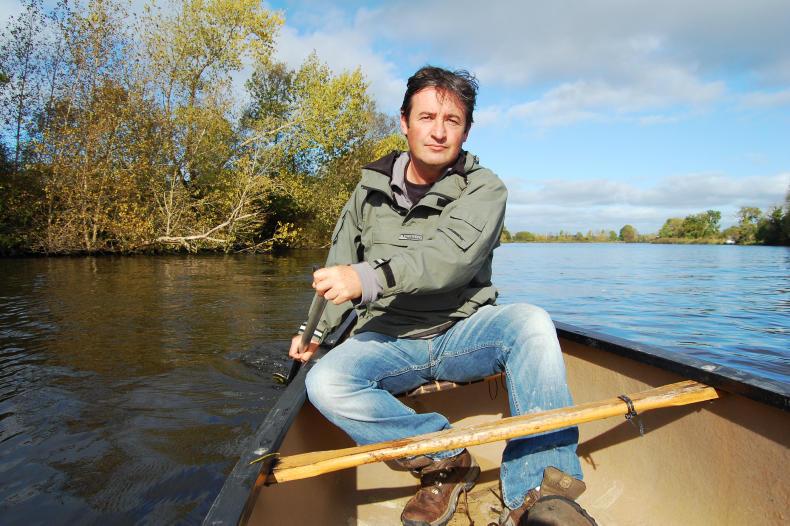
“In the talk there will be things people do know about and some things they won’t. There’ll also be sort of hints on how to see animals for yourself. I’m always trying to encourage, don’t just watch a TV programme, there’s nothing like getting out to see it for yourself.
“I’m hoping by the end of the talk people will want to go and see basking sharks, they will want to see whales or seals. They will have a lot of pointers about where to see them and how to see them.”
And, hopefully he will inspire people to get out and see nature for themselves. Although we doubt very many will go as far as dedicating 200 days to the cause.
The national tour of Colin Stafford-Johnson - My Wild Atlantic Journey takes place between 7 September and 23 October. For venue details see www.josarsby.com.
Read more
Leaving a lasting impression
Watching nature documentaries, Irish Country Living has often wondered just how wildlife camera people get that perfect action shot. There must be some carefully guarded secret. Surely they don’t just wait for the lion to pounce, the snake to attack or the dolphin to jump.
Well, we can confirm that in fact they do wait! One of Ireland’s leading wildlife cameramen Colin Stafford-Johnson, who has worked for RTÉ and the BBC, says that to film a 48-minute tiger documentary, he would have been given a whopping 200 days in the field.

“That’s literally dawn until dusk,” remarks Colin. “Getting up when it’s dark, being ready to film for first light and staying at it all day until the sun goes down and the light has disappeared. I would do that for no more than seven or eight weeks at a time. Then you would be burnt out, you’d take a break and hit it again then.
“That’s just me sitting out trying to get the shots as well. Then after that there’s the editing process. Now these days you don’t tend to get as much time, but still there’s a huge amount of waiting around for sure.”
Finding yourself in film
Now an Emmy award-winning cinematographer, as well as a presenter, Colin grew up near the Dublin-Wicklow border and has always had an interest in natural history. The first book he can remember reading is An Observer’s Book of Birds. His father was Ireland’s first TV gardener, Barney Johnson.
After doing his Leaving Cert, Colin’s only desire was to travel the world and see all the creatures he had read about.

“I just wanted to travel. Early retirement, that’s what I was going for,” he laughs. “As soon as I did my Leaving, I just wanted to get away from all that routine. I needed a few years out. I travelled around Africa, South America, New Guinea, through Asia and all that sort of thing, seeing wildlife all the way. That was my focus and getting all sorts of jobs to keep me going.”
During this time, an interest in working in wildlife filmmaking developed in Colin.
“I knew I wanted a career in that industry somehow,” he explains. “It’s tough trying to make a living and I wanted to be able to make a reasonable living as well. At the time some of those early David Attenborough programmes were out. I thought they were amazing and it just dawned on me, this is what I wanted to do.”
Wildlife cinematography is a very niche sector, but luckily Colin found a very niche degree. Upon returning home, he came across a three-year degree in biology and filmmaking at the University of Derby in England, which also had close links to the BBC Natural History Unit in Bristol.

“There’s no real set pattern or way of getting into camera work,” says the cinematographer. “I got in with a cameraman, got together what they call a ‘show reel’ of my work and sent it off to loads of people. Then the phone call came one day asking if I would go off to India to make a tiger film. Ever since, I have been working in this industry.”
Irish wildlife
Listening to Colin discuss his career to date, much of it seems extremely exotic as he regales us with tales of tigers and trekking around Cuba. But, he says he is just as happy camping out in a bush around Westport (where he now resides) filming a skylark’s nest up close; Ireland has a lot to offer in terms of the natural world.
“The second-biggest animal that has ever lived in the history of the world lives off the coast of Cork, that’s the fin whale. You have great numbers of basking sharks, the second-biggest fish in the sea. There are now 1,000 seals on the Great Blasket Island.”
It is Irish wildlife, namely along the western seaboard, that is to be the focus of a new live show of Colin’s. It will tour Ireland during September and October. Colin Stafford-Johnson – My Wild Atlantic Journey will consist of Colin speaking through some of his experiences in the west and, of course, it is speckled with video clips.

“In the talk there will be things people do know about and some things they won’t. There’ll also be sort of hints on how to see animals for yourself. I’m always trying to encourage, don’t just watch a TV programme, there’s nothing like getting out to see it for yourself.
“I’m hoping by the end of the talk people will want to go and see basking sharks, they will want to see whales or seals. They will have a lot of pointers about where to see them and how to see them.”
And, hopefully he will inspire people to get out and see nature for themselves. Although we doubt very many will go as far as dedicating 200 days to the cause.
The national tour of Colin Stafford-Johnson - My Wild Atlantic Journey takes place between 7 September and 23 October. For venue details see www.josarsby.com.
Read more
Leaving a lasting impression








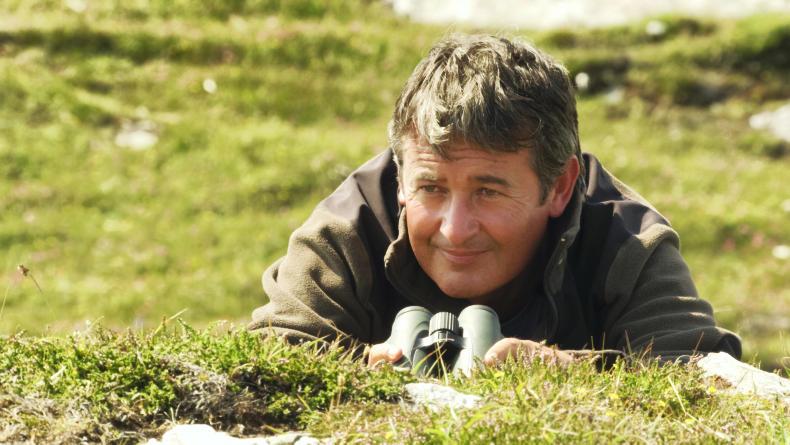
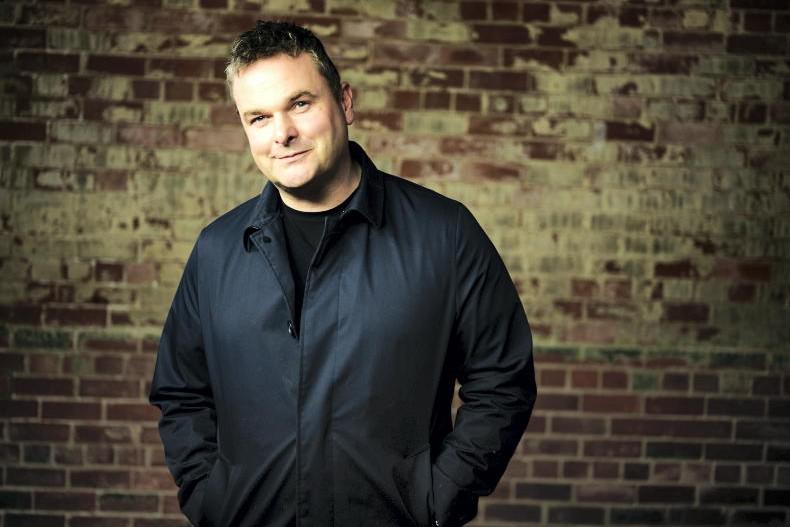


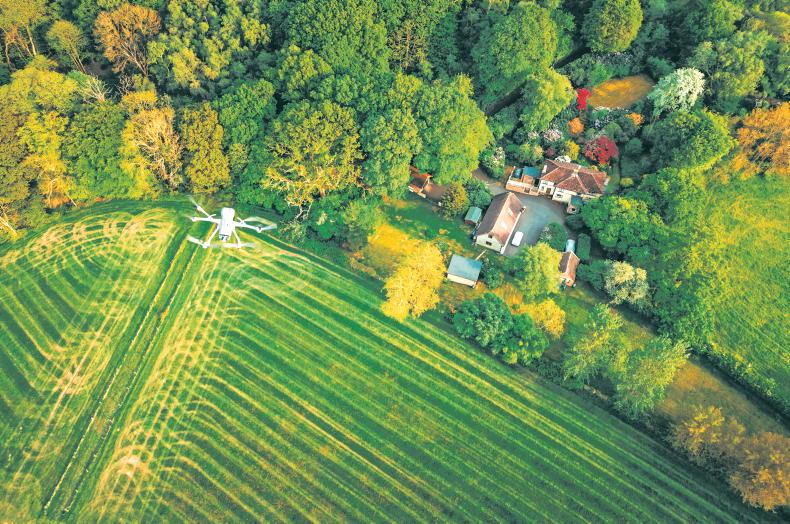
SHARING OPTIONS